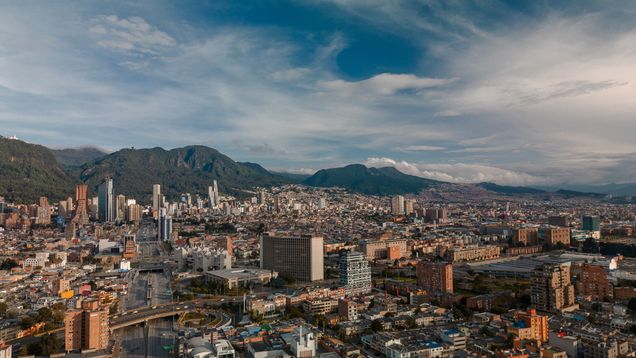Latin American Reserve Fund: Latin America’s Alternative to the IMF?

While Latin America’s development bank, Fondo Latinoamericano de Reservas (the Latin American Reserve Fund, or FLAR) went largely unnoticed for much of the 20th century, it has evolved considerably during its more than four decades in operation. It began as a small reserve pooling arrangement for Andean countries and now occupies a vital role as the only liquidity mechanism in the region. The FLAR has become so important to regional financial stability that it has even out-lent the International Monetary Fund (IMF) to its member countries during key periods in its history.
In a new book chapter in the Monetary Policy Challenges in Latin America, William N. Kring highlights the unique and important role that the FLAR plays in advising member countries on macroeconomic stability efforts and in responding to balance-of-payments and liquidity challenges.
Kring explains how adaptability is one of FLAR’s keys to success, demonstrated by how members broadened FLAR’s scope and bolstered the mechanism’s lending capacity to $6.8 billion in response to the COVID-19 crisis. The chapter concludes with a brief discussion of how further efforts toward regional integration and the expansion of existing efforts, such as FLAR, could help to continue to foster financial stability in the region.
Read the Book Chapter